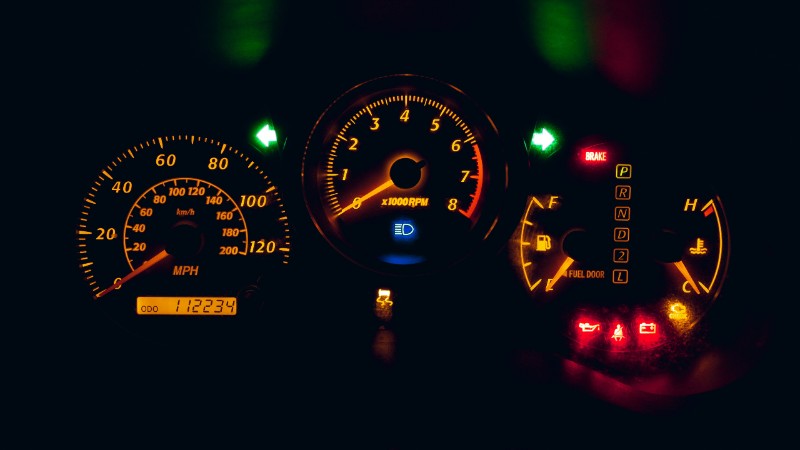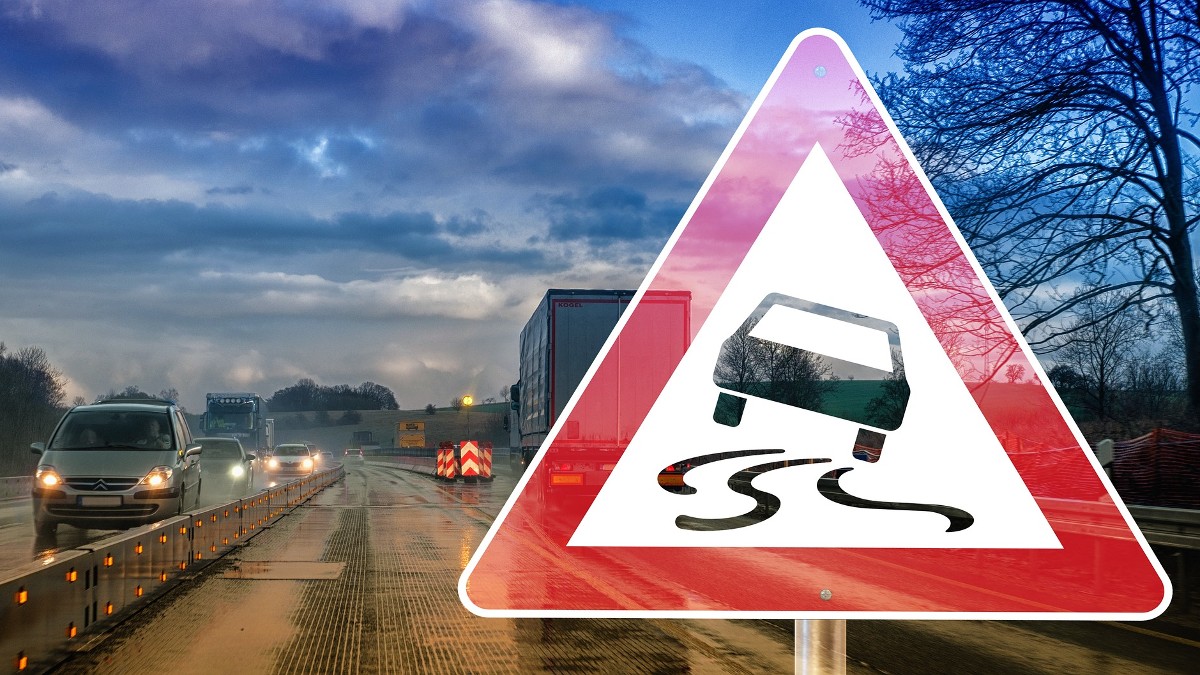Modern vehicles are equipped with computers that monitor the several components that make up the automobile and ensure they are functioning as designed. If a component is malfunctioning, you will be notified by a light coming on. The ‘check engine light’, which many people are familiar with, operates like this. You may also have heard of the traction control light. It’s also found on the dashboard of vehicles and may be labeled “TC” depending on the model of the car. In this article, you’ll learn all you need to know about the traction control light.
The traction control light comes on when the traction control system comes on which is when the wheels are losing traction when road conditions are less than ideal.
If you don’t know about the traction control system, you’ll learn about it in this article. It’s important you understand the traction control system to know what its indicator light does. So here we go.
What Does Traction Control Light Mean?
As mentioned in the opening paragraph, traction control systems are equipped in most modern cars. The function of the system is to monitor the wheels of the vehicle and detect when one or more of the wheels lose traction. And the system does this by using a computer to monitor the wheels.
In most situations, the wheels of an automobile will begin to slip and lose traction when the road is covered with ice or snow. When the traction control system detects that the wheels of a vehicle are losing control, the system will route power from the wheels losing control to those that still have good grip/traction. By doing this, the system prevents a vehicle from skidding and you can continue to drive in your desired direction.
What Does Traction Control Light On Mean?
When the traction control light comes on, it means the vehicle is losing traction, and the traction control system is active and already working to direct power to the wheels that still have some grip. Remember that the traction control system uses a computer to monitor the wheels. The traction control system module receives information about the operation of the wheels via sensors.
These sensors monitor the speed of the wheels and detect when one wheel is spinning faster than the others. When the computer receives this information, it starts to direct more power to the other wheels to increase traction and prevent skidding.
Depending on the situation you are in, it may be normal for the traction control light to come on. For example when you are driving in icy, windy, or rainy conditions. There’s less grip between the tires and the road in these situations and the traction control systems activate to make your driving smoother and easier. Even if the traction control light flickers on and off in these situations, you can be certain that it is working well.

Signs That There’s Something Wrong With The Traction Control System
Below are signs that the traction control system is faulty or malfunctioning:
TCL Activates During Normal Driving Conditions
The traction control light is not supposed to come on during normal conditions. So, when this happens, it’s an indication of a problem with the traction control system. There is no reason for the traction control system to activate when driving conditions are okay.
Common reasons why the TCL comes on during normal driving conditions are faulty wheel-speed sensors and problems with the traffic control system’s electronic brain. When there’s an issue with speed sensors installed in the wheels, the system’s electronic data receive wrong information about the operation of the wheels. And this can lead to the system activating when it has no need to.
TCL Won’t Turn Off
If your TCL won’t turn off, then there’s something wrong with the traction control system. Most times, TCL that won’t turn off means the system is already deactivated and won’t be able to help when you are driving in less-than-ideal conditions. A trip to an auto shop is needed to diagnose the cause of the problem and fix it.
Other problems that might make the traction control light malfunction include:
Wire Damage
The traction control system has a system of wires that connect to the wheels, chassis, and other components of the car. A problem with the wiring will affect the performance of the traction control system.
Problem With the ABS System
The Anti-lock braking system shares some components with the traction control system and a problem with the former can affect the latter. You might even see both the ABS and traction control warning lights coming on at the same time.
TCS Computer Error
The computer the traction control system uses to operate could have programming issues. The cause of this is usually not known and appears to be random events. But when it happens, you’ll need a mechanic to inspect the traction control system and fix the issue.
Fixing The Traction Control System
It’s recommended you don’t attempt to fix any issue with the traction control system yourself unless you are an auto mechanic. If not, let the professionals handle it.
Your mechanic will start with an inspection to find the cause of the traction control malfunction. The fix and cost will depend on the cause of the malfunction. Depending on the cause of the problem, you can spend anywhere between $200 to over $600 on the repair without accounting for labor fees.
The exact labor fee you pay depends on two things – your location and the auto shop doing the repair job.
Why You Should Never Ignore Your Lights
Whether it is the check engine light, traction engine light, or ABS light, you should never ignore any warning light that comes on. These systems are there for monitoring the operation of your vehicle and reporting potential problems to you. And when it comes to vehicle issues, it’s best you solve the problem as soon as possible to avoid the problem escalating as it will even cost you more money to fix it then.
When you bring your car to the auto shop for traction control light repair, the mechanic will scan your computer to find out the cause of the problem and then apply the appropriate fix.

